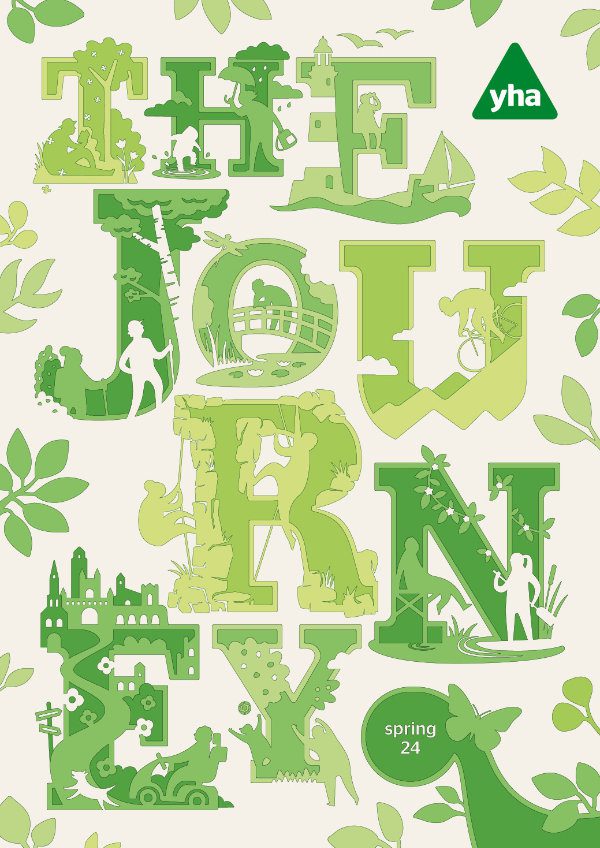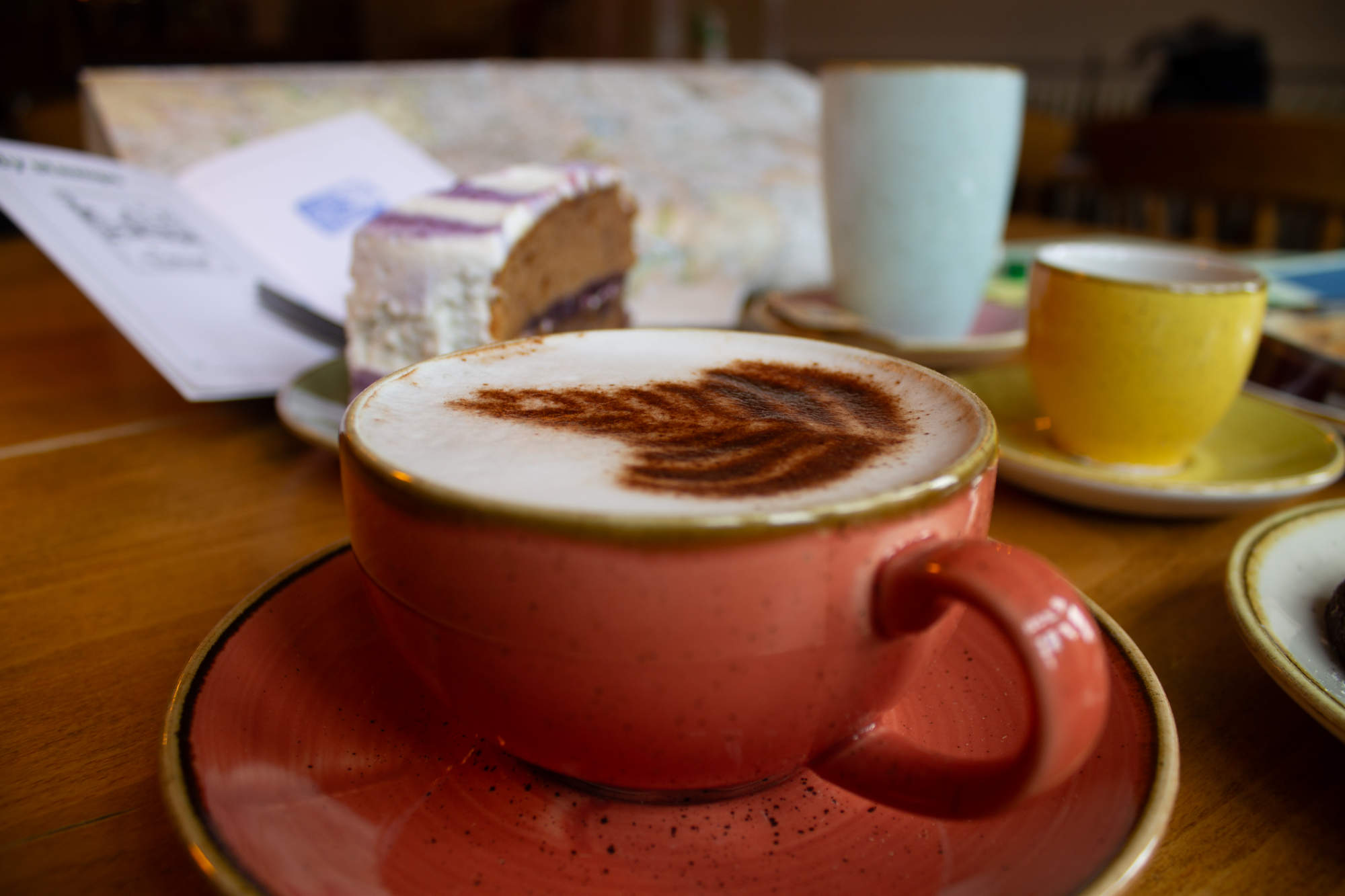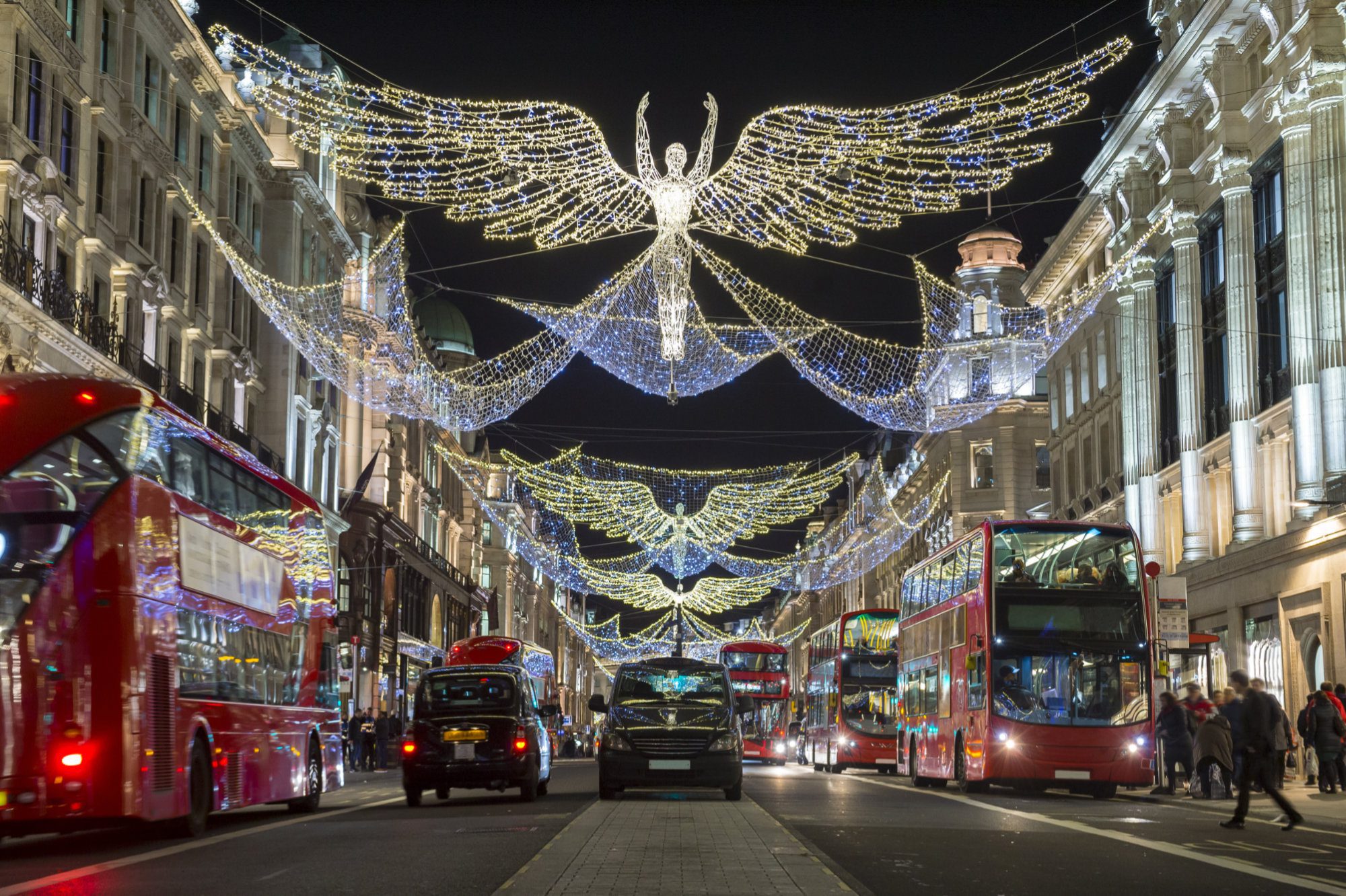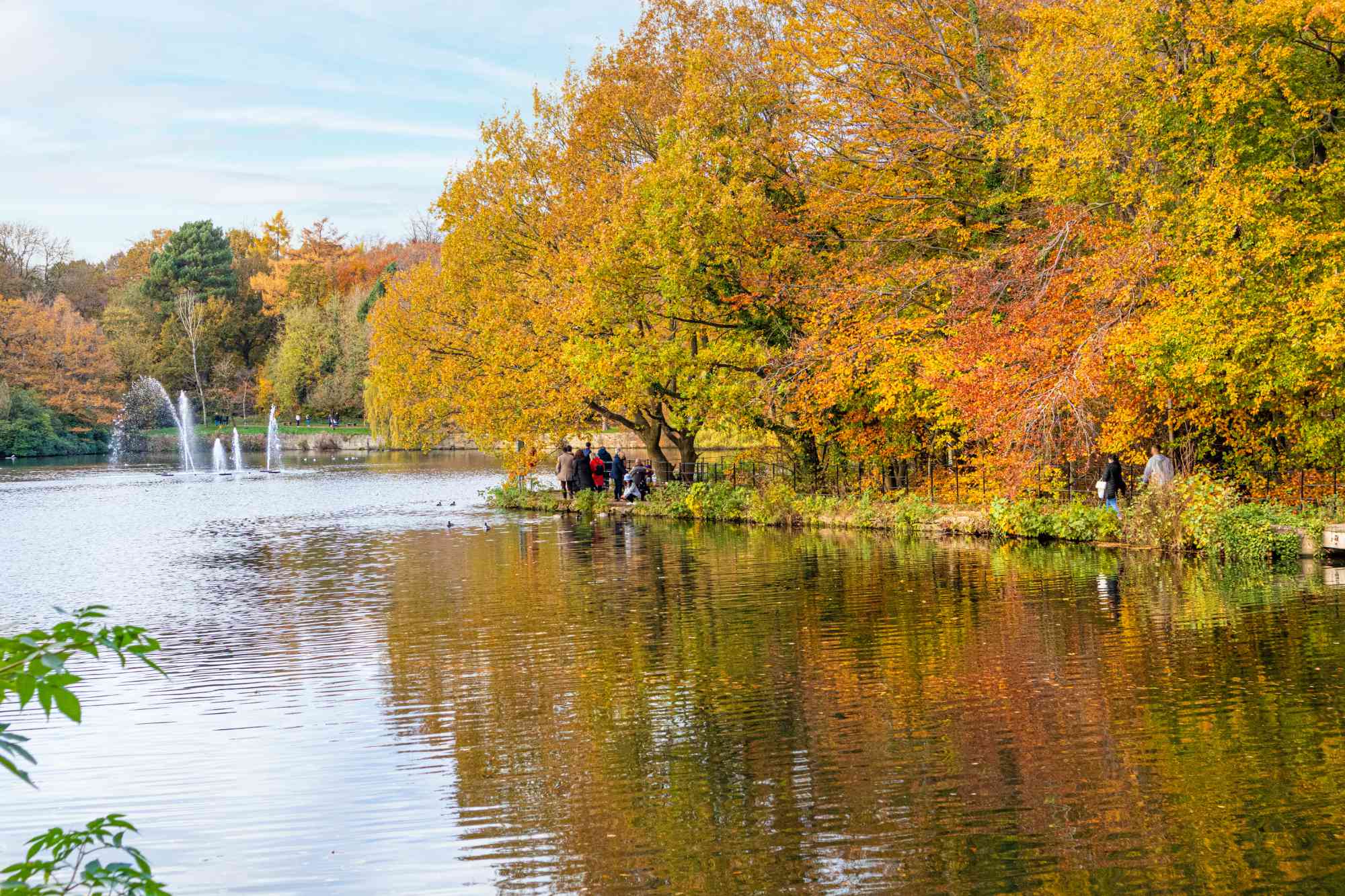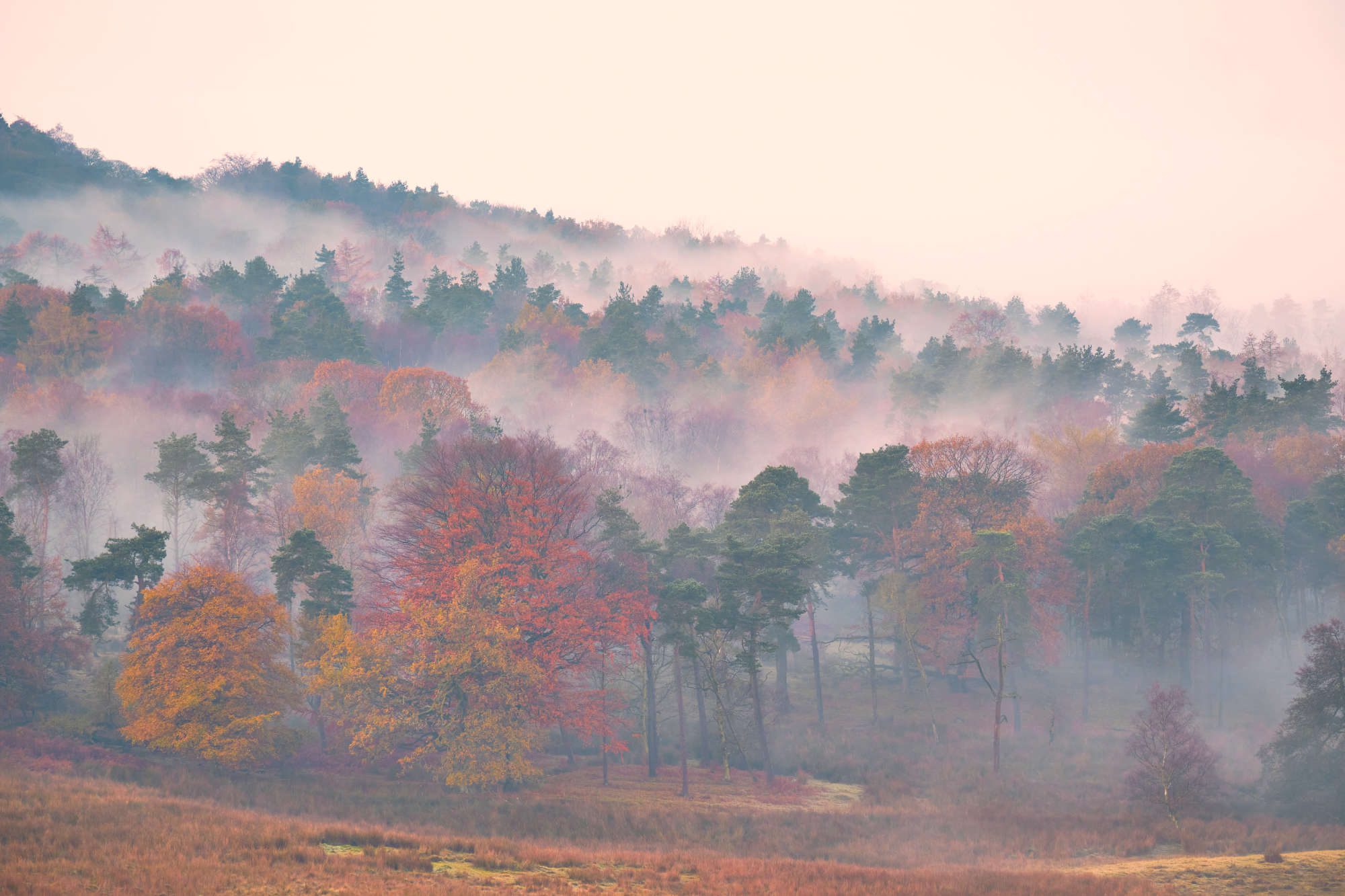Halloween is celebrated across the world on the night of 31st October. Modern day celebrations generally involve crazy costumes, ghoulish decor, pumpkin carving, and cauldrons of sweet treats that explode on October 31st. However, there is a rich heritage behind Halloween. Here are some UK Halloween traditions that are still celebrated today…
Costume galore

The tradition of dressing up on Halloween has both European and Celtic roots. It was believed that the evil spirits returned to the earthly world, and people thought they would have a ghostly encounter if they left their homes. To avoid being recognised, people would wear masks after dark, so that the eerie figures would mistake them as a fellow spirit. Dressing up on October 31st would definitely get you in the spirit!
Jack o’ lanterns

Jack o’ lanterns have a long, rich history with Halloween. Their origin comes from an Irish myth about Stingy Jack, who played tricks on the Devil. When Jack died, God didn’t allow him into heaven, and the Devil didn’t let him into hell, so Jack continues to wander the earth for eternity. In Ireland, people started to carve hellish faces out of turnips to scare away Jack’s soul. Life wasn’t so gourd for Jack.
It wasn’t until Irish immigrants brought turnip carving to North America that pumpkins were started to be used for that purpose, and now pumpkin carving is a very popular Halloween tradition, all over the world.
We recommend going pumpkin picking. It’s a spook-tacular day out for everyone!
Fire

Fire was essential to the Celts. Back then, people would build huge bonfires and light them, in the attempt to scare away the evil spirits, as they believe that light had power over darkness. Today, we light candles in our pumpkin lanterns, and put them outside our homes to frighten away the witches, ghosts, and ghouls. Spooky!
It’s apple-bobbing time
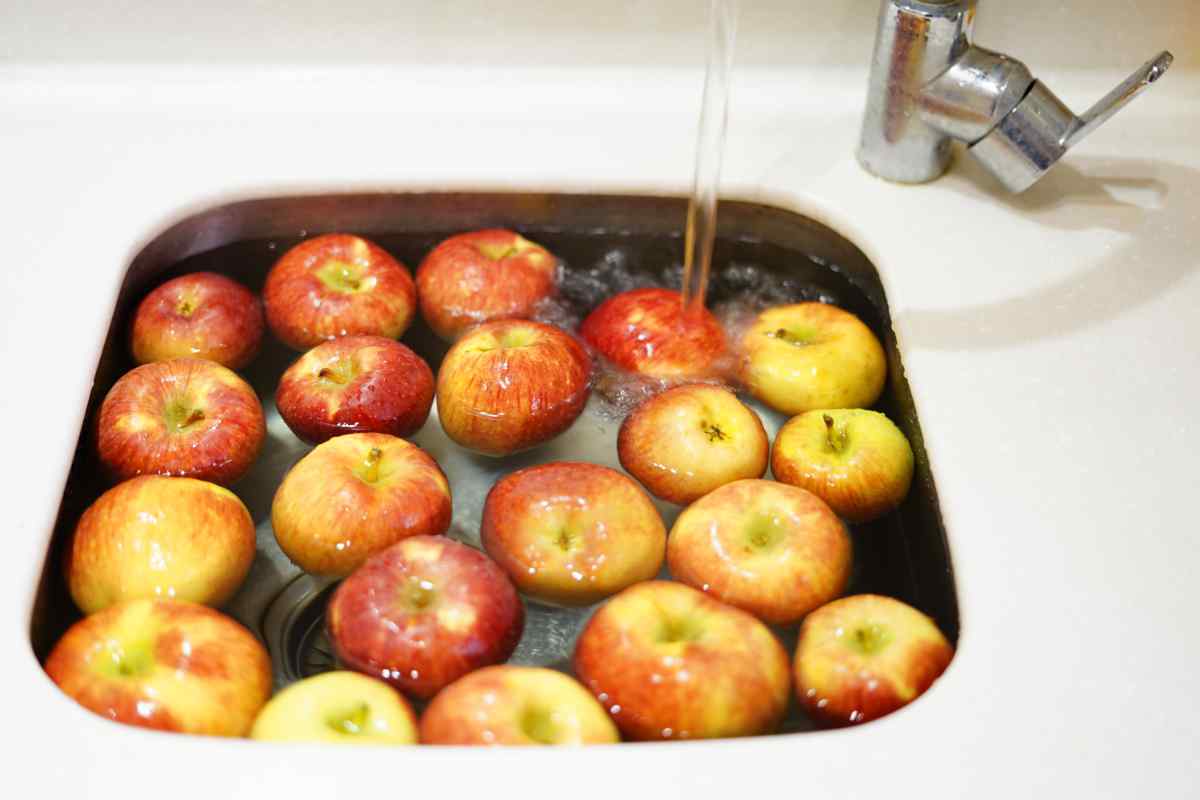
The tradition of apple bobbing dates to the Roman invasion of Britain when the conquering army combined their own celebrations with traditional Celtic festivals. The Romans brought an apple tree, a representation of Pomona – the goddess of plenty. During a celebration, young unmarried people would attempt to bite into an apple floating in water, and the first person to bite into the apple would be the next one to be allowed to marry.
Apple bobbing rules today
- Select the order of players. You can do this by age, or just choose players by random.
- No hands can be used. They should always be behind your back.
- If a player does use their hands, the turn does not count, and they must start again.
- The time limit varies but it usually is 2 minutes.
- The first person to get an apple or the one who does it in the quickest time wins the game.
Discover autumn escapes with YHA.
Photo credit: rawpixel.com / Romolo Tavani / Adobe Stock


